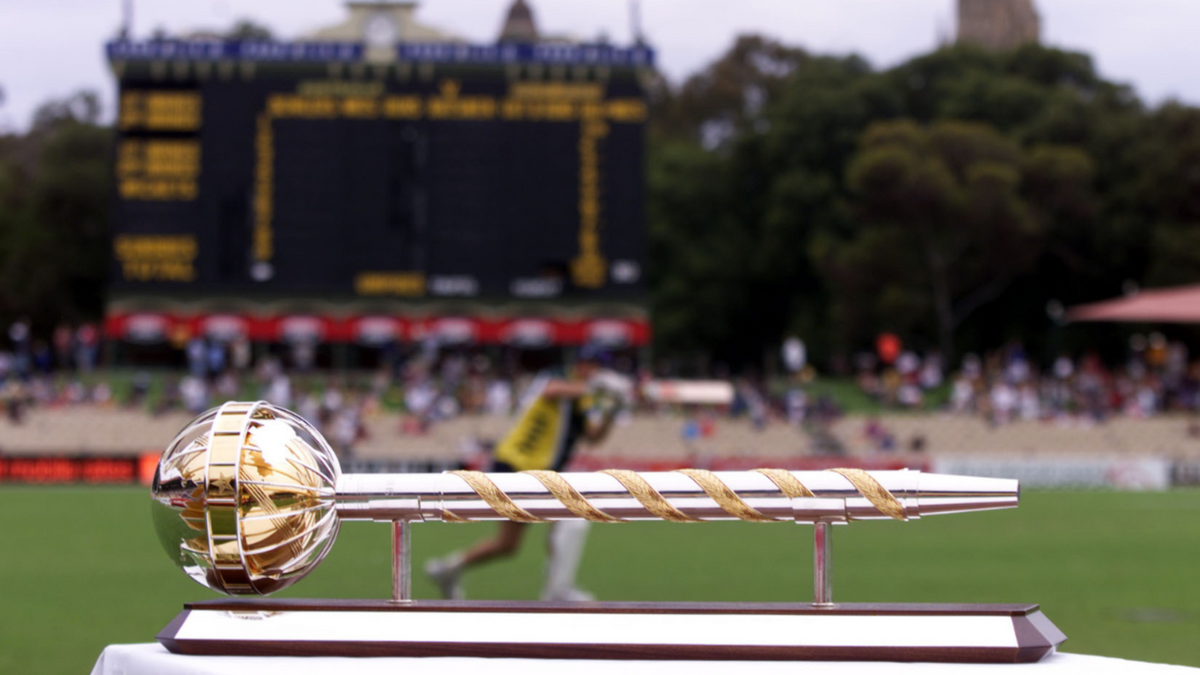
In the latest edition of Wisden Cricket Monthly, editor-in-chief Phil Walker reflects on the 2021-2023 World Test Championship ahead of its culmination at The Oval.
This article is taken from issue 66 of Wisden Cricket Monthly, available to pre-order now.
So now we know. Australia will meet India in the final of the World Test Championship (WTC). The five-dayer will take place in June at The Oval, with a reserve day in the event of rain. With early ticket sales reportedly excellent, we can expect a packed house; but then you knew that already. In England, Test cricket lives forever.
This is the match the game deserves. With due respect to New Zealand’s inaugural win of two years ago, the sight of Kane Williamson edging a run-chase in the winds and mizzle of a Covid-proofed bowl on the outskirts of Southampton wasn’t quite the opening night we were hoping for. This game feels like the big one. It has the makings of a classic. A classic that, should it play out that way, reduces all the mind-sapping permutations and spreadsheet head-scratching of recent months to mere details.
It’s devilishly difficult, no doubt, to get a read on the group stages. Only in our game can we have a bona fide league table in which no one plays the same number of matches! Further to this, the seemingly sudden news that Sri Lanka were actually in with a shout of making the last two was a little bewildering to even the most diligent observers. Sri Lanka’s resurgence as a Test nation is a stirring story, but this final feels fitting. The best two teams of recent years will face each other at the People’s Ground, and it will be beautiful.
Can we glean much ahead of it from Australia’s recent tour of India? Not really. Poor pitches made for ungainly cricket. The third Test at Indore was an embarrassment, the game done in seven sessions, with its all-round filthiness getting under the fingernails of the kind of Indian voices – Shastri, Gavaskar, Dravid – who would normally be expected to keep schtum on matters of church and state. Even the ICC dared to rate it ‘poor’, though inevitably, India’s board are appealing the charge.
And from Indore to an unresponsive road at Ahmedabad and the bore draw that clinched India the series 2-1. The Ahmedabad pitch, running through the guts of an eerie 120,000-seat shrine to the authoritarian ruler of India, Narendra Modi, encapsulated the sense of anti-climax. But at the same time, the games illustrated why the WTC has value. Each one of those messy tussles felt substantial, gravid with jeopardy, in and of themselves. It was at Indore that Australia secured their place at The Oval. As eventually would India, but only just.

This article was originally published in issue 66 of Wisden Cricket Monthly, out now
I’m convinced that the WTC is central to the future prosperity of Test cricket. I just wish there was even more made of the showpiece element – a three-Test series between the top two, for example; or even better, though logistically challenging, would be a six-week bonanza of Test cricket between the top-four finishers, a round-robin mini-league, leading to a final showdown. There are no indications that any such options are in discussion. Perhaps there is simply no desire for it; just as likely, there is not enough money in it. And there again is the rub.
In a revealing interview in the new issue of Wisden Cricket Monthly, Graeme Smith tells Mel Farrell of his discomfort at the proliferation of two-Test series. His message is directed at the ICC, arguing that if there was a stipulation that any series played in the WTC had to be a three-Test series, it would “help keep the integrity of Test cricket alive”. But here, yet again, we hit the rocks: South Africa can’t afford to stage three-Test series unless they’re against the big three, and the ICC can’t or won’t subsidise them to do so.
Into the void, big men talk tough about sitting in rooms and getting round tables and thrashing things out. Yet there’s too often a despairing vagueness to the language. Anyone can identify the pressure points. A quick glance at the WTC table will highlight the inequities of such a financially unstable landscape. As South Africa’s supremo-commissioner, Smith is asking for “real, strong leadership” to protect this most unique and weirdly durable of art forms. But who will step up?
I honestly believe that the Test game is ripe for its fourth act. Just look around you. New Zealand has just staged two of the greatest Tests of all time, first at Wellington against England, and then in the gloaming at Christchurch against Sri Lanka with a two-wicket win from a scrambled bye from the final delivery of the match – a moment of high farce and joy that delivered one of the great screengrabs since screengrabs became a thing.
Smith and his ilk – Ponting, Sangakkara, Ganguly, the game’s collective conscience – need to keep talking, and doing so loudly. Last month, when the MCC World Cricket Committee convened, Ganguly caught the mood: “Test cricket is the biggest platform for cricket. That is where you find the great players. That should always continue to be the pinnacle and I am sure that countries will give importance to it and find the right balance between franchise cricket and Test cricket.”
The game is at a crossroads, the committee concluded. Intervention is needed.
There is more money swilling around the game than ever before, and the five-day ‘product’ (awful word, but contextually relevant) has never been more watchable. It should not be beyond the wit of men to join those two dots and make it work.








